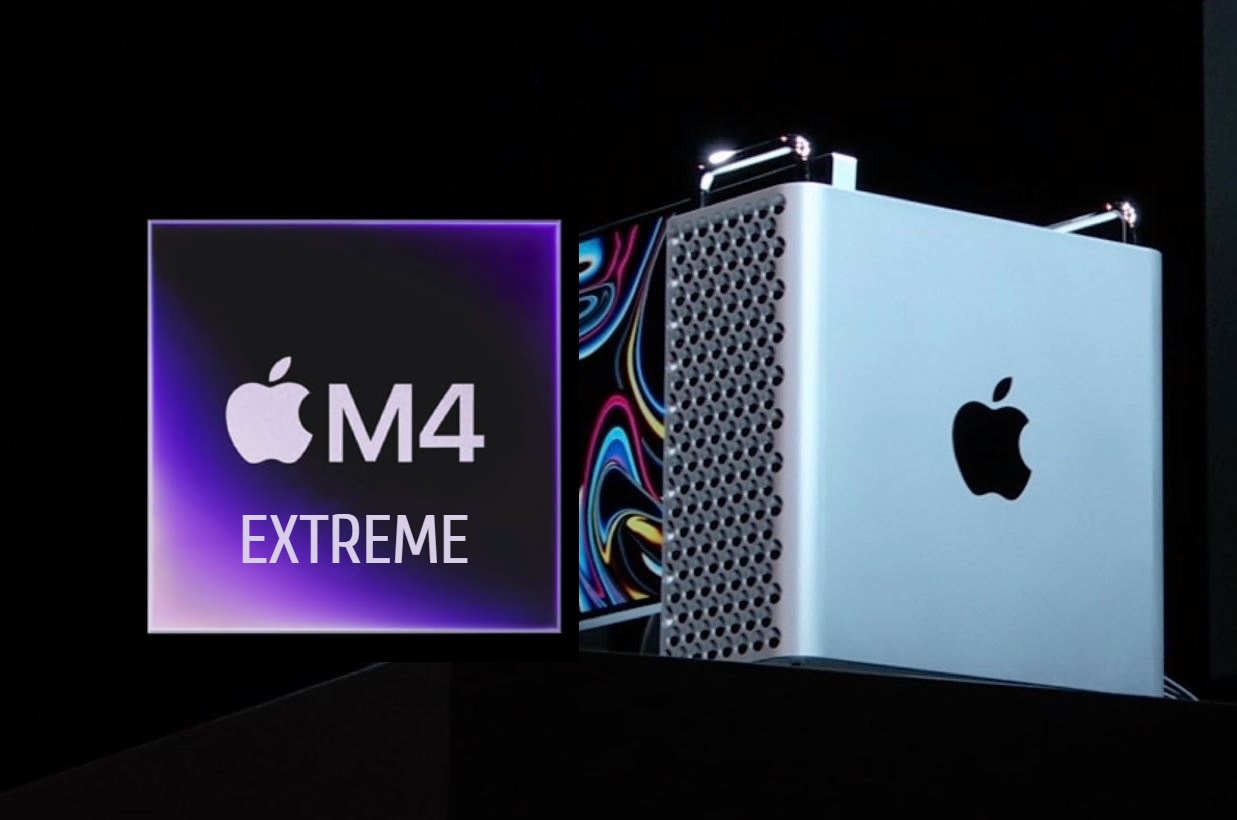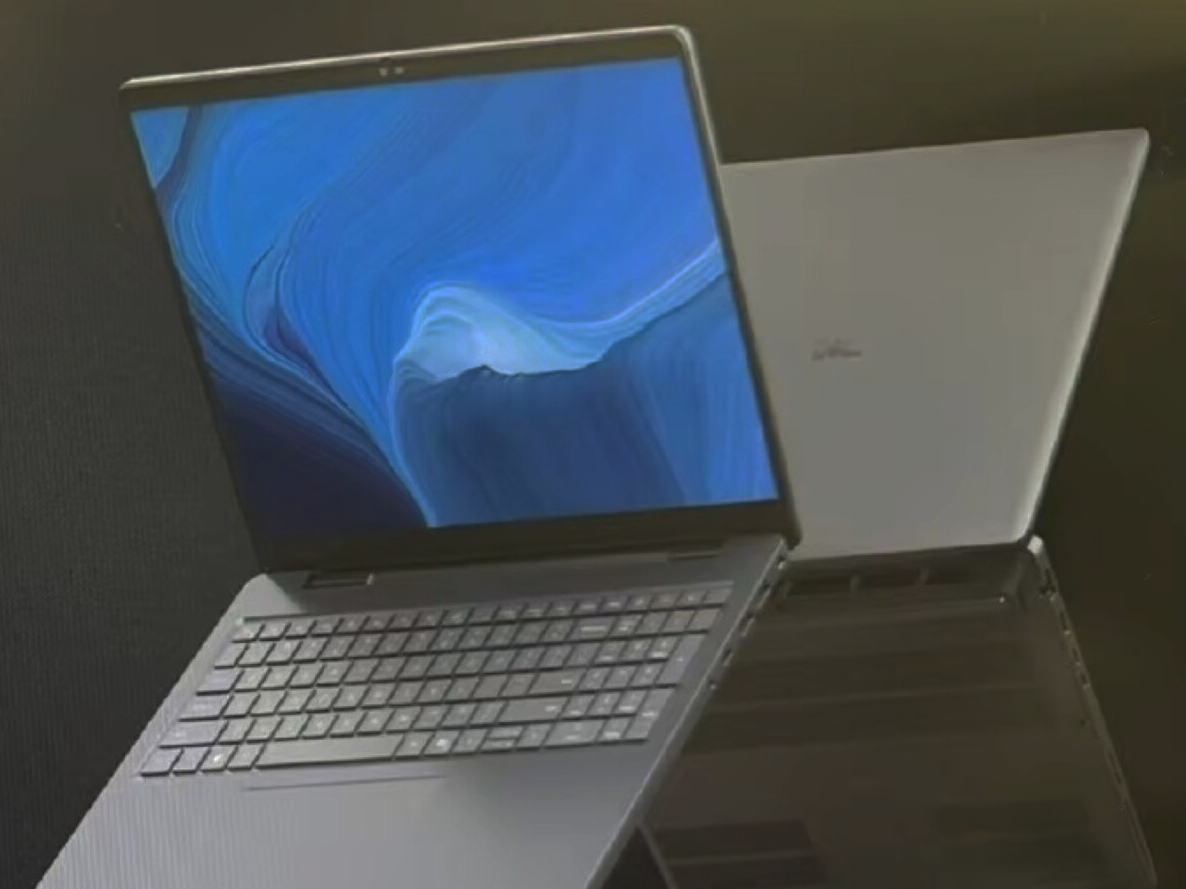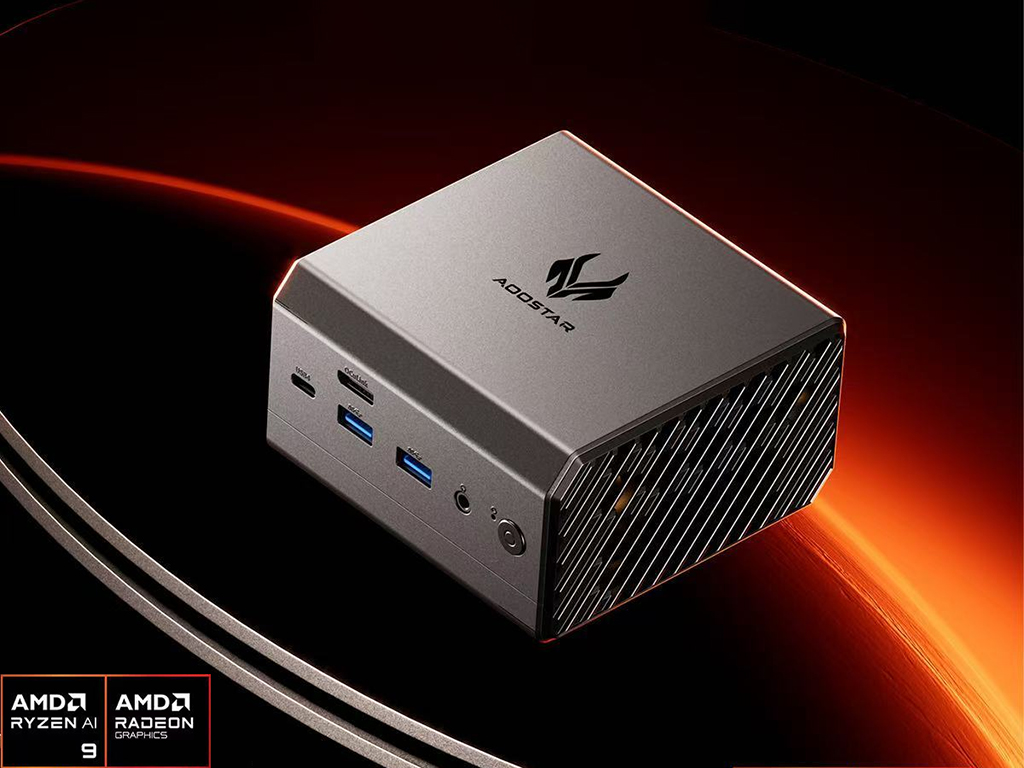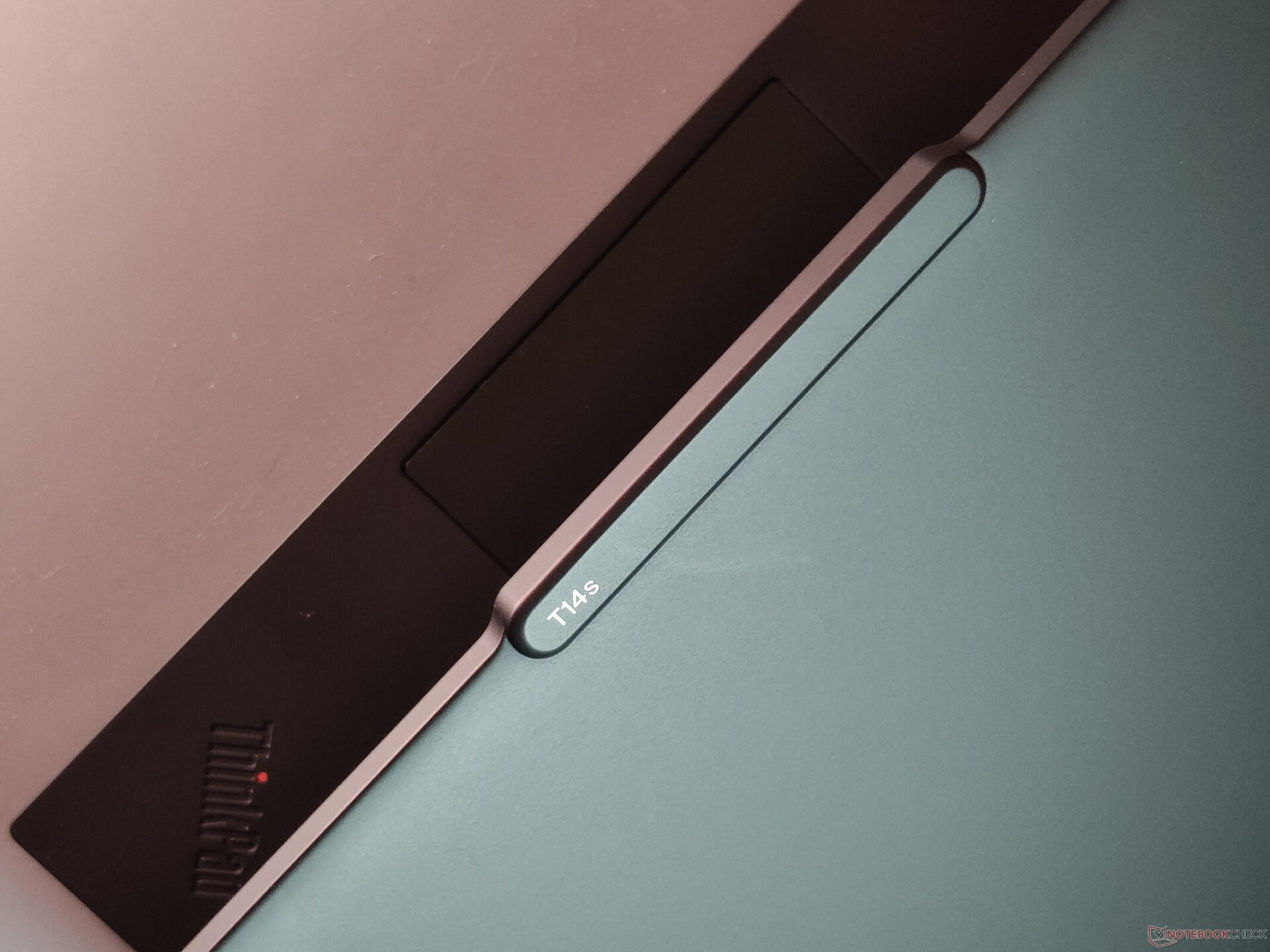On December 7, 2004, a shocking announcement was made: IBM, a pioneer in the personal computing realm known for the creation of the PC, declared it would exit the market. The iconic ThinkPad line of computers would now be produced by a Chinese firm named Lenovo, a partnership that continues today, two decades later. What led to this shift? How did Lenovo rise to become the largest PC maker by volume globally?
The Shift in the Market
In the early 2000s, the laptop and desktop segments were dominated by American firms like HP, Dell, IBM, and Compaq. Yet, the landscape began to change with the emergence of Asian companies such as Asus, Acer, and Legend, which transitioned from manufacturing PCs for U.S. brands to launching their own. Simultaneously, the popularity of laptops surged, overtaking desktops in sales, and prices began to fall, making laptops accessible to many consumers. This led to fierce competition among PC manufacturers, centered around pricing.
IBM’s Tough Spot
This competitive environment set the stage for IBM’s 2004 decision. The once-thriving PC division was experiencing significant financial losses, as “Big Blue” struggled to compete on pricing with its rivals. Although ThinkPad laptops were known for their exceptional quality and reputation, they also came with a hefty price tag— the IBM ThinkPad T series had a starting price of $2,150 in 2002, roughly equivalent to $3,800 today when adjusted for inflation.
IBM was unable to pivot its strategy to accommodate a potentially low-margin business. Thus, the decision was made to divest from the PC sector. But who would be interested in acquiring a money-losing division? Enter Legend, which rebranded as Lenovo, eyeing an expansion into Western markets. Previously, Legend primarily sold affordable consumer PCs within China, and IBM’s PC division looked like a gateway to reach the West.
Transition and Doubts
When Lenovo took control in mid-2005, skepticism was rampant. Could this inexperienced Chinese company maintain the quality associated with IBM? Could they return the business to profitability? Would all the development shift to China?
Lenovo’s approach was quite intelligent: Instead of a complete takeover, they appointed former IBM executives to lead the new entity. IBM’s development centers in the USA and Japan remained operational, and for several years, ThinkPads continued to bear the “IBM ThinkPad” branding. This strategy helped ease customer concerns during the transition.
At the same time, Lenovo worked on lowering manufacturing costs. They phased out costly hardware options like the IBM FlexView IPS screens and established a closer partnership with Microsoft, marked by the inclusion of Windows keys on ThinkPad keyboards—something IBM had never done. The design of ThinkPads largely stayed the same during Lenovo’s first five years of ownership, while new premium models like the ThinkPad X300 and ThinkPad X1 Carbon were introduced. Lenovo successfully retained the ThinkPad brand as a strong name in the business market, outselling IBM and regaining profitability.
Expanding Horizons
With a solid reputation as the ThinkPad manufacturer, Lenovo began to tap into the consumer market. Initially, many of its consumer laptops were of lower quality and largely designed in China. However, over time, Lenovo’s consumer laptops began to resemble ThinkPads more closely, featuring similar keyboards and improved quality. The company also introduced premium consumer lines like Yoga and Legion gaming laptops.
Ultimately, Lenovo managed to turn the business around. While profit margins were tight, selling PCs became lucrative again. By 2013, Lenovo surpassed HP to become the largest PC manufacturer by volume, a title it has maintained for 11 years. With this success in the PC sector, Lenovo ventured into other domains as well, acquiring the American brand Motorola Mobility in 2014, thus adding a well-known smartphone line to its offerings. That same year, IBM sold its System X server business to Lenovo, bringing their story full-circle.
The Future Ahead
With a trade war brewing between the U.S. and China, the future of this Chinese-American hybrid company is intriguing. Lenovo has managed to steer clear of U.S. government scrutiny, unlike other Chinese firms such as Huawei.
However, Lenovo’s reliance on partners like Intel could pose risks. Intel, once the sole processor supplier for ThinkPad laptops, has long supported its PC partners with subsidies for hardware development. A failure at Intel could significantly impact Lenovo.
On the bright side, Lenovo has diversified its offerings, now producing ThinkPad laptops like the ThinkPad T14s Gen 6, which uses Qualcomm Snapdragon chips and AMD Ryzen AI CPUs. This shows the company understands the importance of diversifying its partnerships. Unlike IBM, which boasted the resources and vision to be self-sufficient, Lenovo is dependent on its tech partners. Whether this reliance will prove to be a strength or a weakness remains to be seen as time progresses.
Source: Link

























